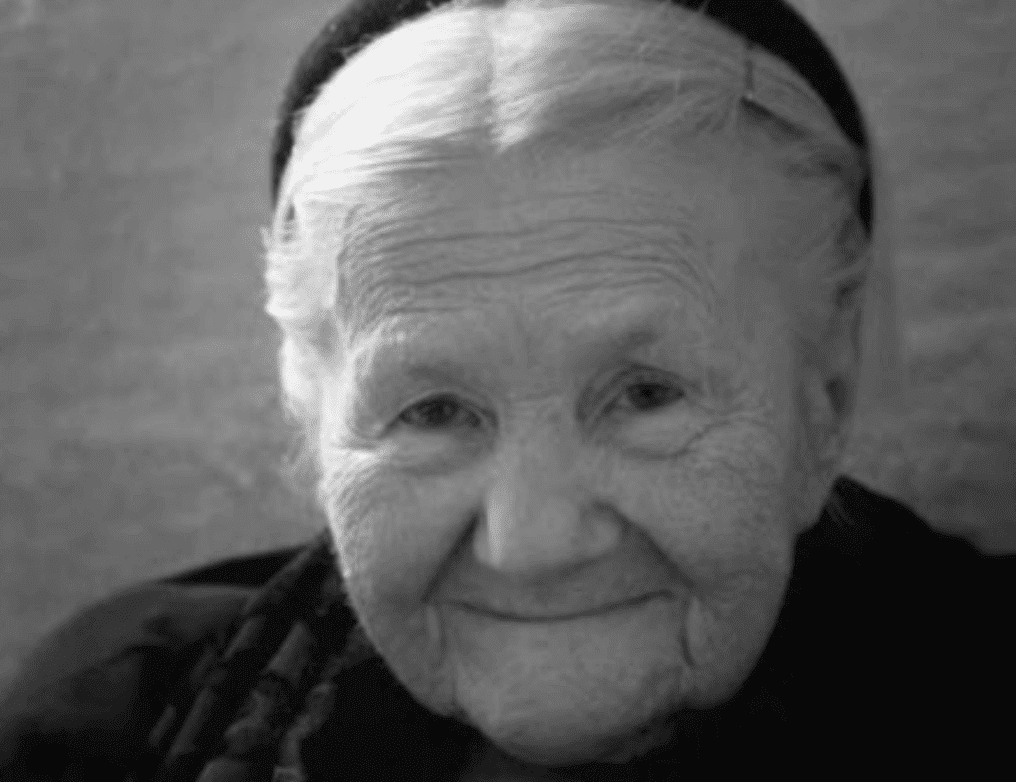Today we will briefly talk about the biography of Irena Sendler, who worked as a nurse in the Warsaw Department of Social Welfare and helped those in need with food, clothing, medicine and even money when Germany invaded Poland in 1939.
Discreet and courageous, Sendler saved the lives of more than 2,500 children during the armed conflict, but his achievement took many years to become known. In 1999, this heroine was discovered by a group of American students working on the Holocaust.
- The story of Irina Sendler has been forgotten for almost half a century.
- Until then our protagonist was still a brave but unknown woman outside Poland.
Moreover, he was also not mentioned by the media and historians of his country largely due to years of communist obscurantism that had erased his actions from the history books.
We know little about his childhood. It is known that her father died at the age of 7, it was he who instilled in her daughter the values that led her to save thousands of human lives, and from him she also inherited her great courage.
She would always remember two rules she had learned from him and follow them throughout her life: helping those in need and working for the good of the community, so she was a discreet woman, who was just doing her job and helping others.
Irena Sendler was born in 1910 in Warsaw and from a young age felt sympathy for the Jewish population who, before the outbreak of World War II, had been oppressed by the Polish government.
Thus, when she began her nursing career she defended the case against discrimination against Jews, so she was expelled from the University of Warsaw for three years.
He then went back to college and managed to finish his studies
In 1939, during the German invasion of Poland, Irena worked as a nurse in Warsaw, charged with donating food to the community.
She has worked tirelessly to alleviate the suffering of thousands of people, thanks to her she was given food to orphans, the elderly and poor, and he handed over clothes, medicines and money.
In 1942, in response to the creation of a ghetto by the Nazis in Warsaw, Sendler enlisted in the Jewish Aid Council, known as the Zegota Resistance Movement.
Surprised by the atrocities she faced every day, she offered Jewish families the opportunity to take their children out of the ghetto with their help. Their goal was for these children to survive the genocide.
Many of these mothers accepted Irena’s help with resignation, knowing that they would never see her children again. Sendler’s humanitarian work has begun.
To get the children out, she used any subterfuge at her fingertips. He managed to put many children in garbage bags, coffins, ambulances or make them look like typhus sufferers.
In a year and a half, more than 2,500 children have disappeared from the ghetto, for this Irena used a diploma from the Polish Department of Health, because the Germans did not dare to monitor the sick population for fear of spreading.
“For me and my colleague Schultz, I got the identification of the health service whose mission was to combat contagious diseases. Later, I got passes for other employees. Since the Germans were afraid of a typhus epidemic, did they tolerate The Poles controlling the compound?Irena Sendler?
His heroism managed to get many children out of the ghetto, in addition, the desire to meet one day with his family, his personal history and, finally, his roots were his main motivations.
To do this, he created a file to record each child and the identity of the families who welcomed them, and for safety, he put all the data written in glass jars and buried them in the garden.
It was not long before the Nazis discovered Irena’s altruistic activities, in October 1943 she was arrested by the Gestapo, however, despite torture, she did not at any time reveal the children’s data or the names of her collaborators.
She was eventually sentenced to death, but with the help of a Nazi soldier managed to escape from prison, her name was on the list of executioners, but it was not an obstacle to continuing her work, as she had adopted a false identity. .
After the conflict, Irena Sendler handed over the list of names buried in the garden to the Jewish Survivors’ Salvation Committee, however, when they tried to hand the children over to their families, many of them died in the concentration camps.
In this way, they sought host families for each other and orphanages for others.
After decades of anonymous life, her photograph was published in the papers, many recognized this woman as the life-saving nurse. Irena Sendler received, among other awards, Poland’s most important award: the Lady of the Order of the White Eagle.
In 2007 she was a candidate for the Nobel Peace Prize, although she did not win it, and died on May 12, 2008, at the age of 98.
Sendler never thought he would receive a tribute for his selflessness. Not for enduring Nazi torture or spending decades being harassed by the postwar communist regime. “I don’t care,” he says.
For Irena, the work of helping others has always been more important than any form of recognition.
“These acts were the justification for my existence on earth, not a title to receive glory. “Irena Sendler?

